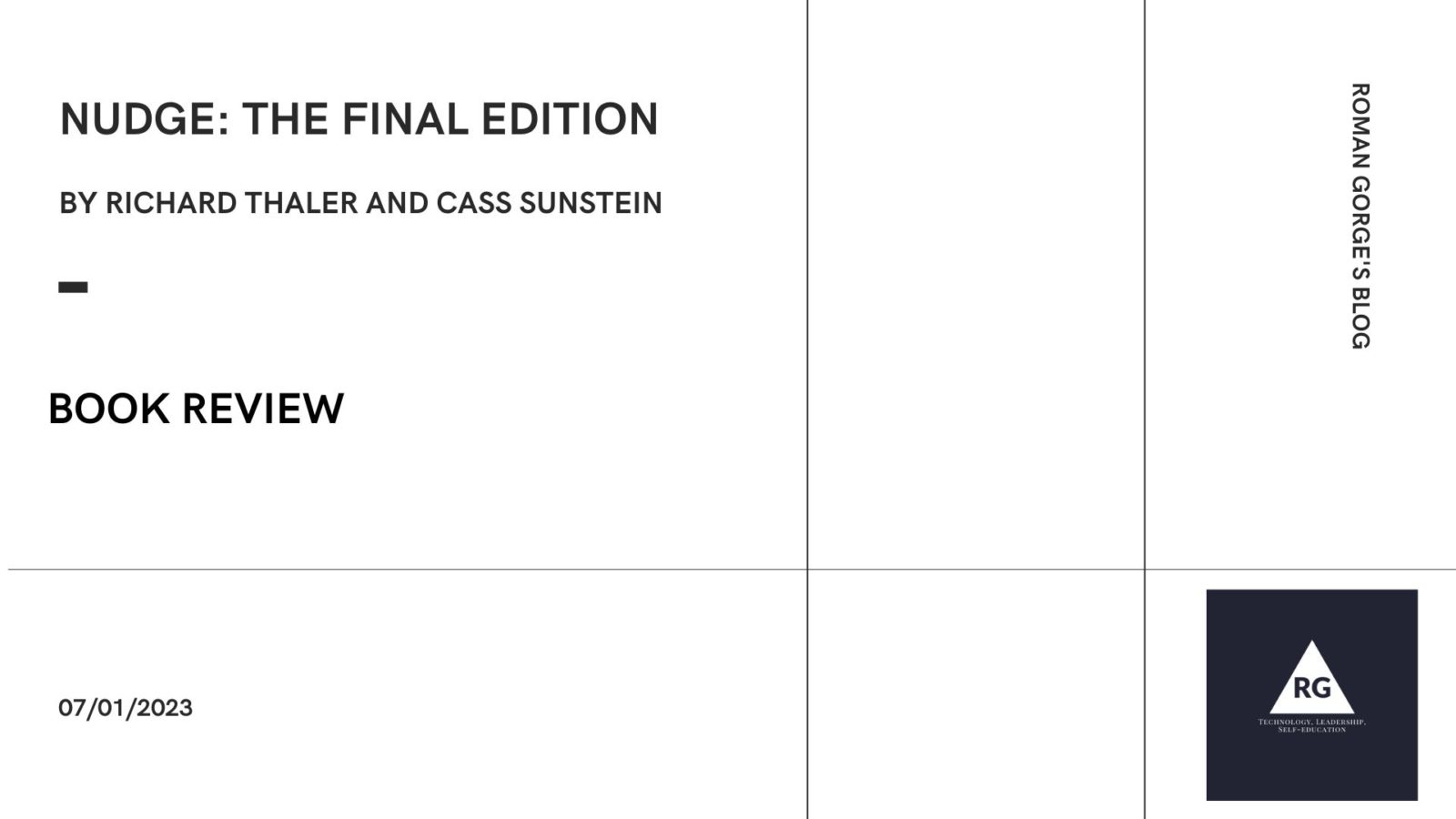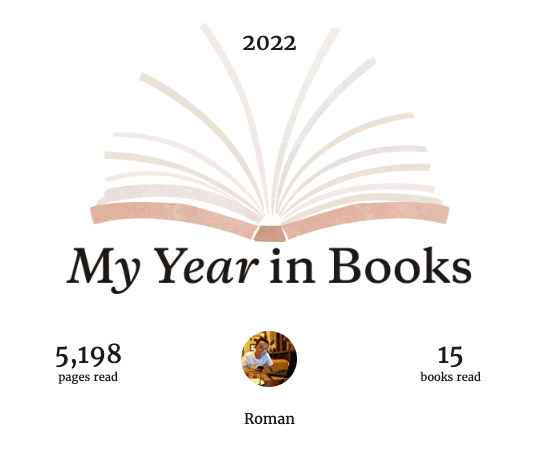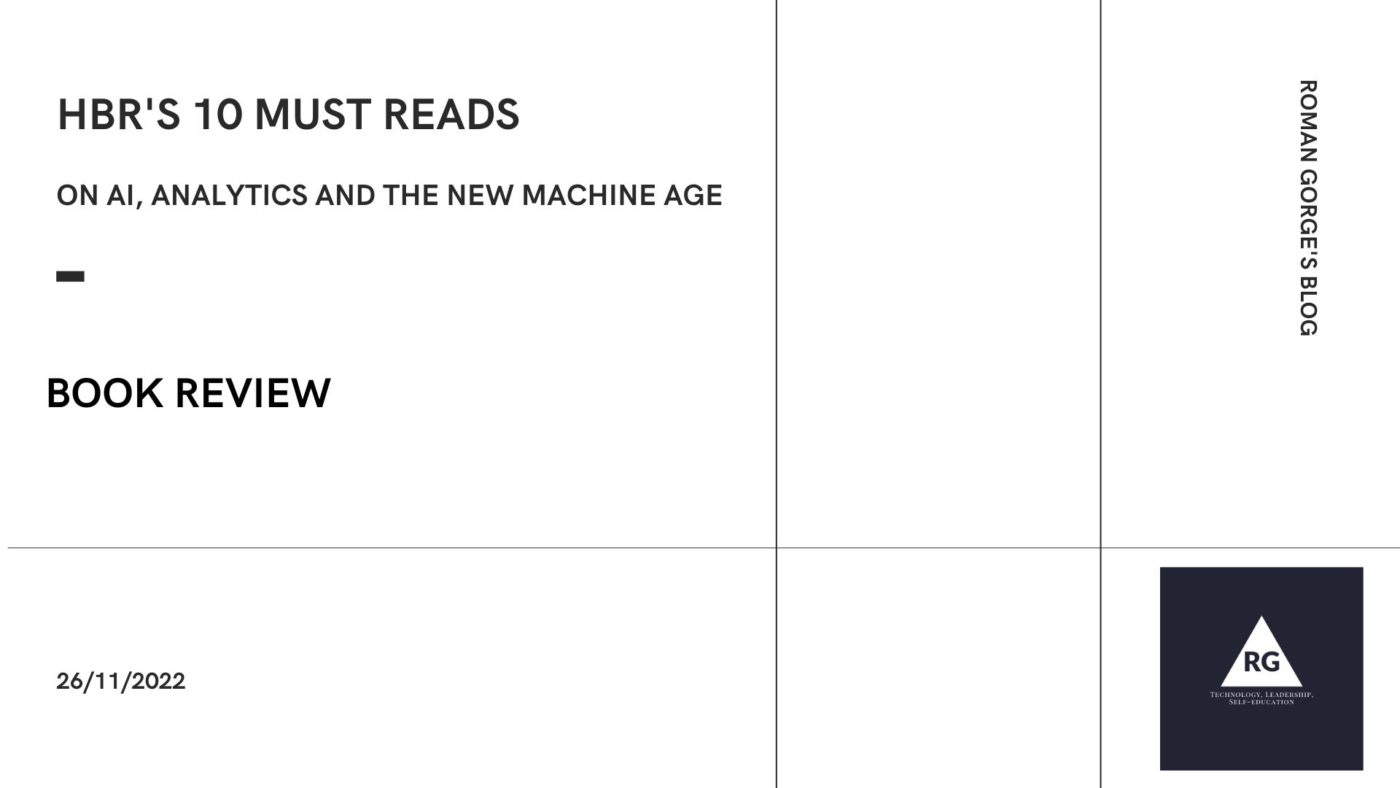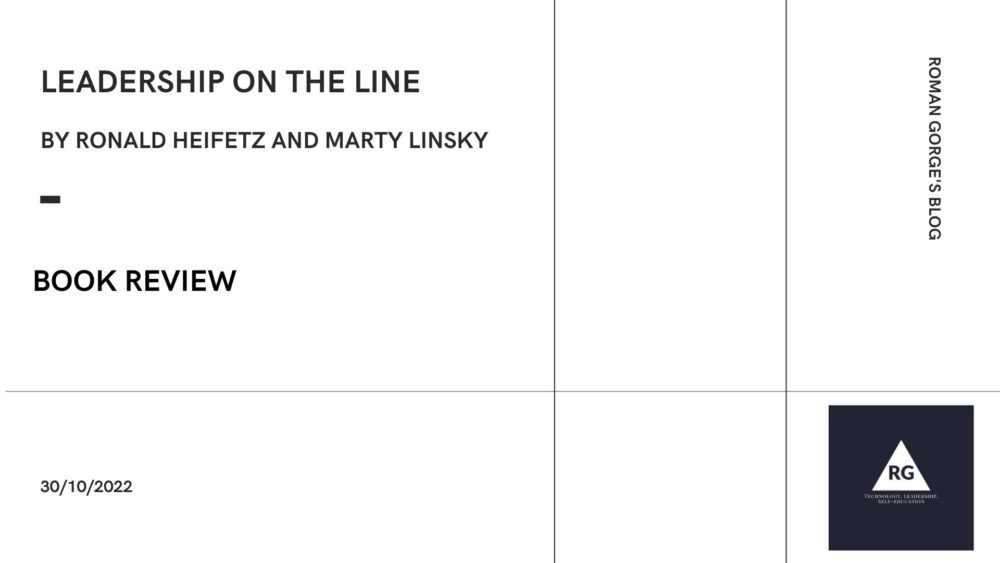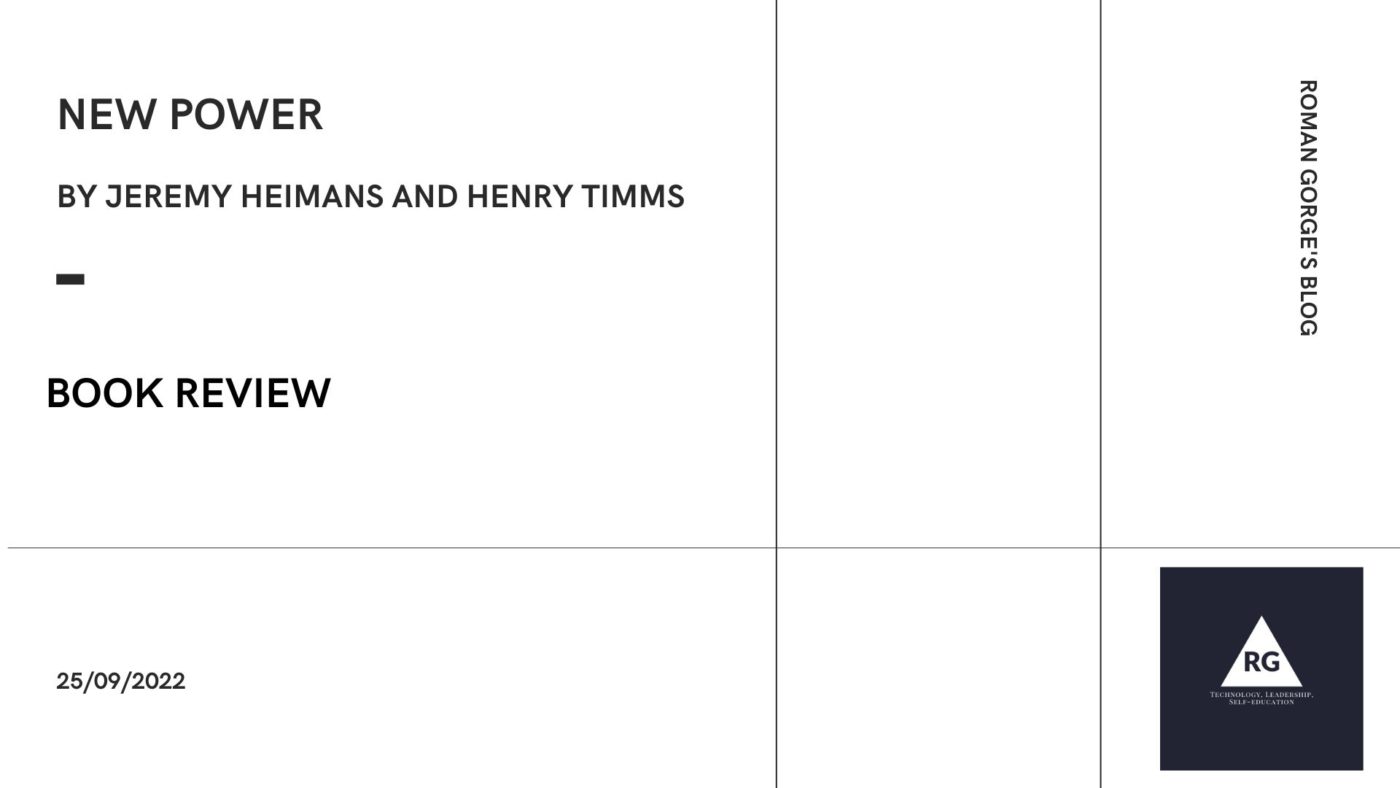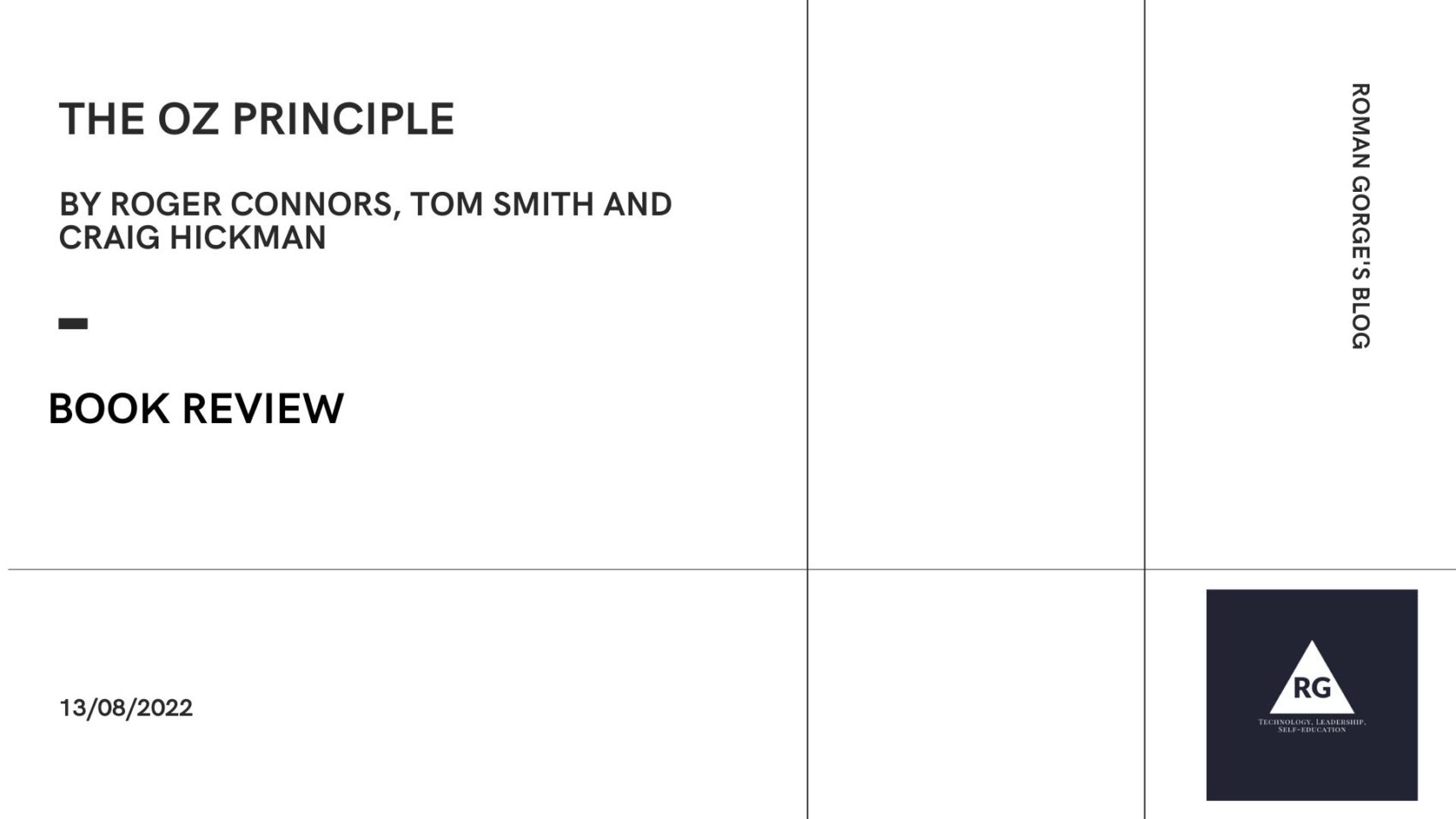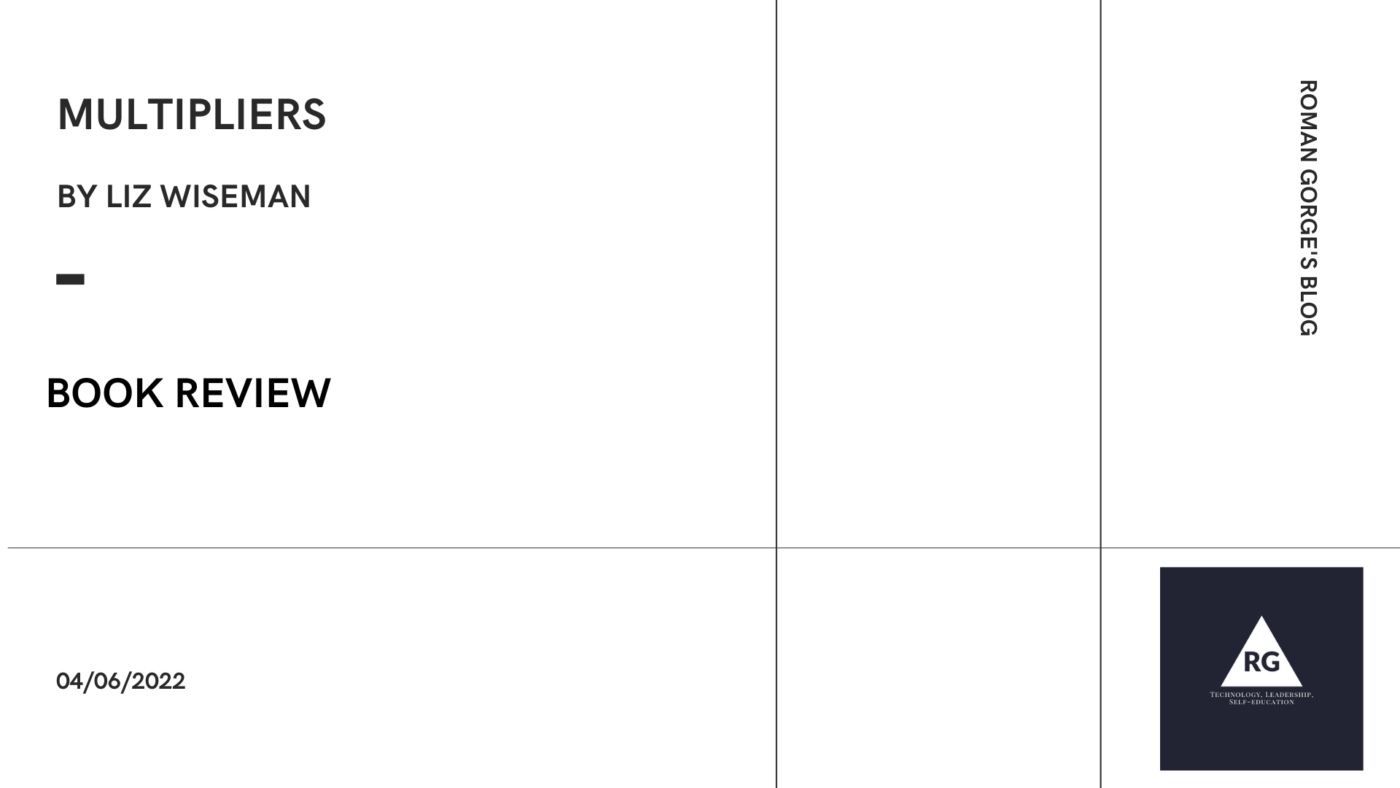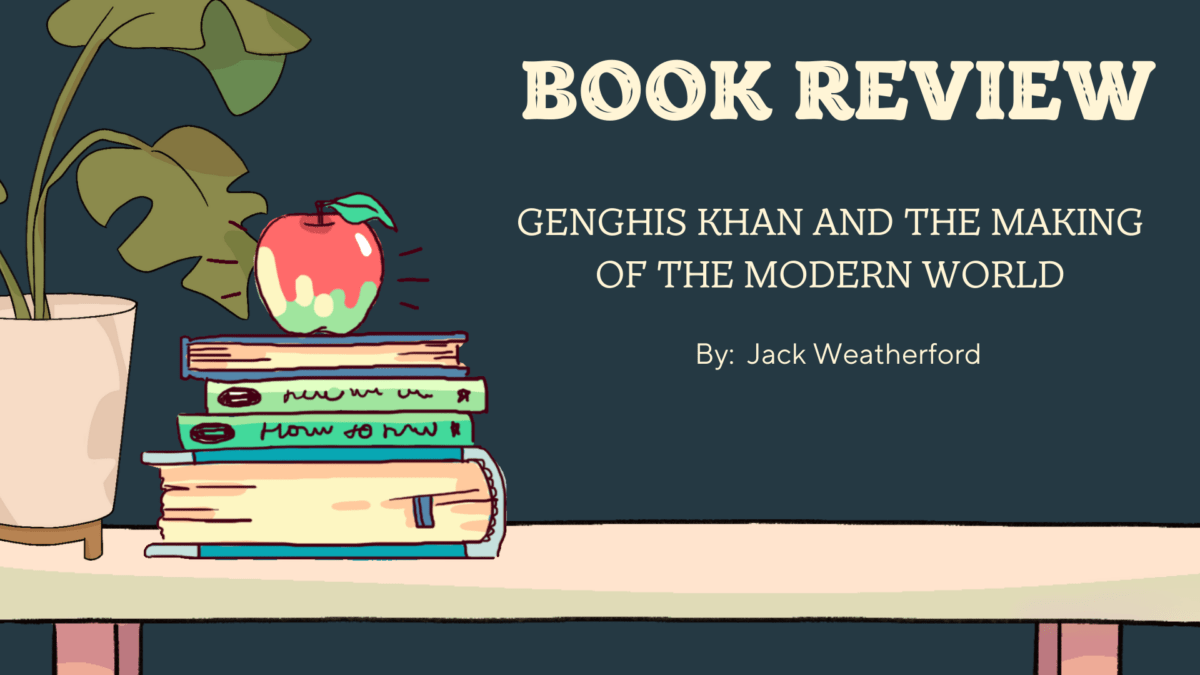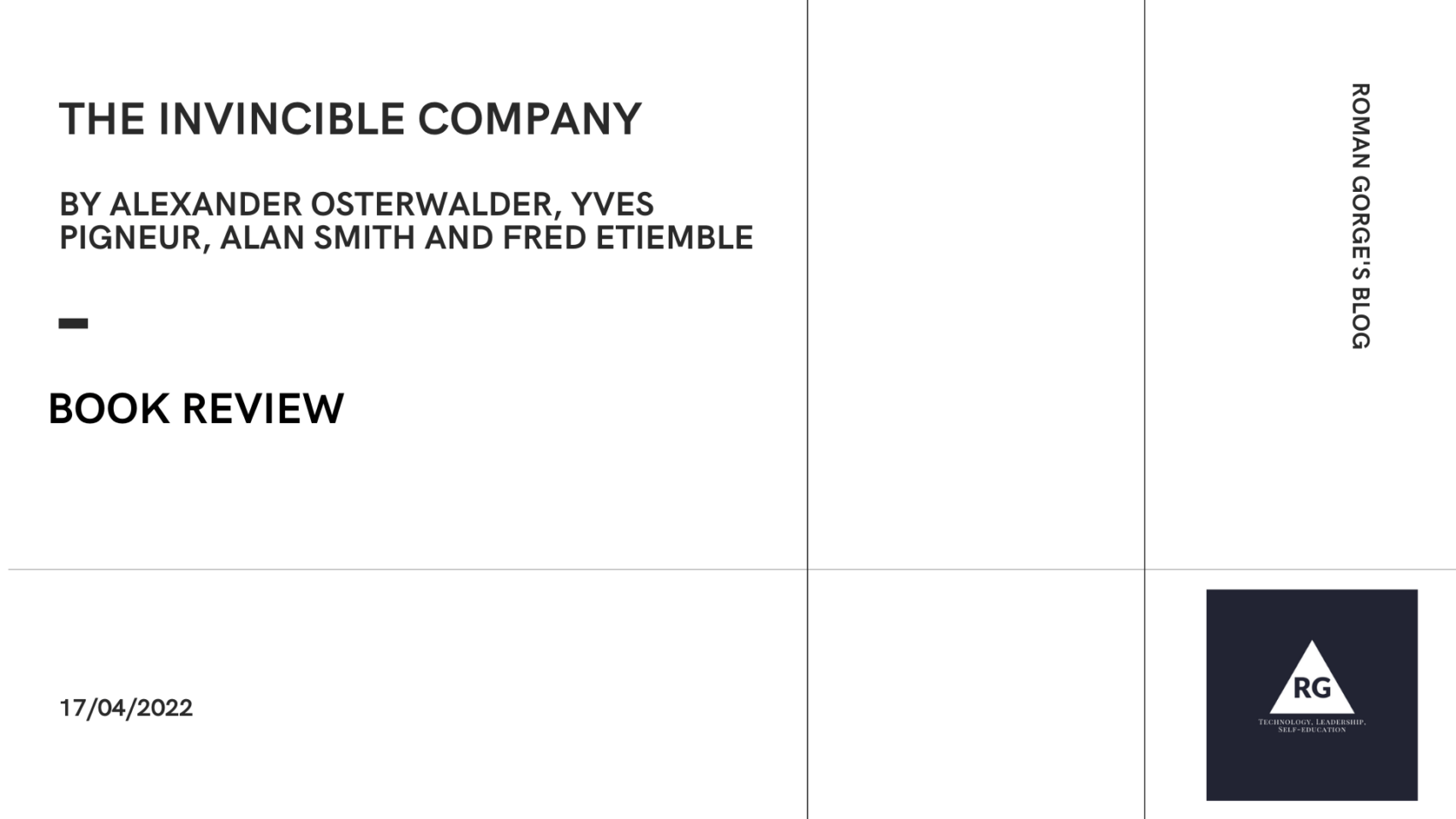It is necessary to work not 12 hours a day, but with you head.
Steve Jobs
Let’s imagine that you are in control of your calendar, you are proficient in the skill of time management and you manage distractions around well. There is still a finite amount of time you can concentrate and stay focused on a task. Also, there is a finite amount of hours in a day. So, the only option is to improve your concentration skills and do it for a longer periods of time. And it is not easy.
The issue here is not that we are lacking concentration, but with a subject where we apply it. When we pay attention to something, we make a conscious (or unconscious) decision to be aware of that something, while tuning out everything else. And it is easier to pay attention to a social media content than on writing an essay.
So, how do I divert my attention and awareness to a task and keep it for a long period of time? This was the main question I tried to answer and came across the book Concentration by Kam Knight. While there is no quick fix for this issue, I have learnt some new interesting techniques.
The book starts with explaining the concept of awareness and defines what have impact on one’s concentration. Verbal thoughts, visual images and physical feelings. The largest part of the book is a collection of concentration training exercises. It includes exercises for both mind and body.
It was really surprising for me to discover that major part of the techniques have a lot in common with meditation and mindfulness. The book talks about visualization, calming the one’s internal dialogue, retrieval and etc. All these things are well known instruments that are a foundation for every meditation practitioner.
But, like in a good video game, these techniques are easy to learn but hard to master. Constant conscious effort is required to implement concentration training in daily routine and push the limits every day day by a millimeter. I have selected several tools that I will try to adopt and test if I will see an improvement.
Overall, it is a great book, even if it is a compilation of well known practices. I highly recommend it for everyone who is interested to improve their concentration skills. 5 out of 5.

